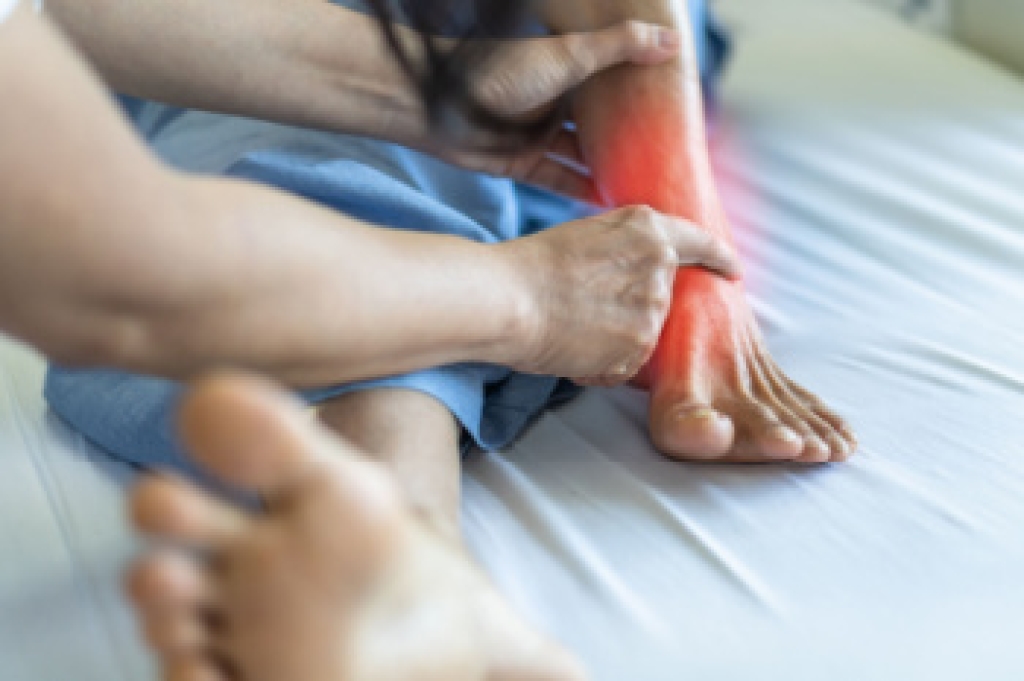
Tarsal tunnel syndrome is a condition caused by compression of the tibial nerve as it passes through the narrow space on the inside of the ankle called the tarsal tunnel. This compression can lead to pain, tingling, numbness, or burning sensations in the foot and ankle, often worsening with activity. Causes include repetitive stress, flat feet, ankle injuries, or swelling from medical conditions like diabetes or arthritis. Risk factors include obesity, prolonged standing, and high-impact activities that place pressure on the ankle. A podiatrist can diagnose tarsal tunnel syndrome through a physical examination and imaging tests, develop a treatment plan, suggest supportive footwear, prescribe orthotics, and recommend therapies to relieve pressure and improve function. If you have any of the above symptoms, it is suggested that you consult a podiatrist who can accurately diagnose and treat what might be going on.
Tarsal tunnel syndrome can be very uncomfortable to live with. If you are experiencing tarsal tunnel syndrome, contact Mital Patel, DPM of South Shore Podiatry. Our doctor can provide the care you need to keep you pain-free and on your feet.
Tarsal Tunnel Syndrome
Tarsal tunnel syndrome, which can also be called tibial nerve dysfunction, is an uncommon condition of misfiring peripheral nerves in the foot. The tibial nerve is the peripheral nerve in the leg responsible for sensation and movement of the foot and calf muscles. In tarsal tunnel syndrome, the tibial nerve is damaged, causing problems with movement and feeling in the foot of the affected leg.
Common Cause of Tarsal Tunnel Syndrome
- Involves pressure or an injury, direct pressure on the tibial nerve for an extended period of time, sometimes caused by other body structures close by or near the knee.
- Diseases that damage nerves, including diabetes, may cause tarsal tunnel syndrome.
- At times, tarsal tunnel syndrome can appear without an obvious cause in some cases.
The Effects of Tarsal Tunnel Syndrome
- Different sensations, an afflicted person may experience pain, tingling, burning or other unusual sensations in the foot of the affected leg.
- The foot muscles, toes and ankle become weaker, and curling your toes or flexing your foot can become difficult.
- If condition worsens, infections and ulcers may develop on the foot that is experiencing the syndrome.
A physical exam of the leg can help identify the presence of tarsal tunnel syndrome. Medical tests, such as a nerve biopsy, are also used to diagnose the condition. Patients may receive physical therapy and prescriptive medication. In extreme cases, some may require surgery.
If you have any questions please contact our office located in Massapequa, NY . We offer the newest diagnostic and treatment technologies for all your foot and ankle needs.